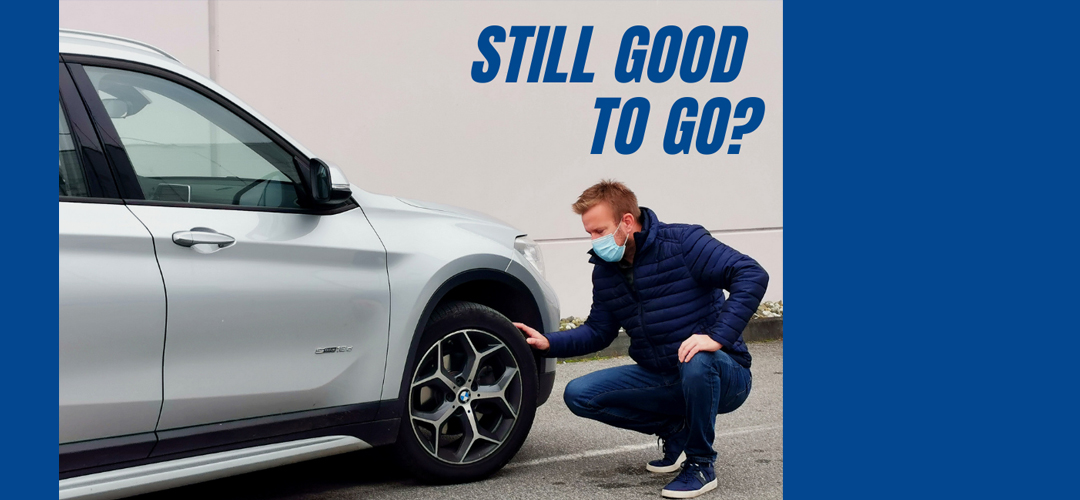„Naah, they will last another season “. This man is merely giving another thumbs up for postponing a change of a timing belt, battery, tire or the car altogether. Sometimes this statement is fully valid, but so very often this is exactly where the biggest problem and costs start when it comes to car maintenance.
The winter fairy tale starts November 15th
The season of mandatory winter equipment lasts from 15 November to 15 March and this usually means driving on winter tires or on summer tires with a tread depth greater than 4 mm, with chains ready in the boot. Nevertheless, before evaluating your winter equipment on your car bear in mind that the average tire is just one of the multiplier factors that multiplies with average shock absorbers, average shock absorbers, average brakes. Ultimately, due to poor shock absorbers, the tires will wear out quickly, the brakes will work up to 20 percent weaker, and all suspension components will suffer. Life-saving active safety systems like ABS and ESP will not work optimally and the possibility of an accident is far greater.
Taken that in consideration, most cars are more or less limited on the way to their best performance. And so, with the procrastination attitude “they’re still good, they’ll last”, you literally potentiate and generate a higher cost that will come to charge at once.
Can you imagine your best fit?
A systematic maintenance of the car is indeed the cheapest in the long run. Typically, new tires can be used for 5 to 7 years, but while buying them, be sure to buy best fit, not just for the car but also for your driving needs. How will you know what the best kind is for you? Ask yourself these questions:
• Do I drive an SUV, 4×4, or a small/large personal car?
• How much time do I spend on the highway?
• Can I live without a car when there is the snow and ice on the road?
• How fast do I usually drive?
• Do I live in a hilly area?
• Do I drive a car under a large load?
• What region do I live in?
Does winter always imply winter tire?
If you are a lucky man, you are living on Hvar, the sunniest Croatian island and your “tire needs” will be good summer tire, or maybe all-terrain option for beach exploring.
If you drive in the Dalmatian hinterland, depending on the region, even though you are close to the sea, roads during winter times can be very slippery due to the low temperatures and poor surfaces, so your “tire need” is a set of winter or all-season tires.
If you live in Zagorje or Lika, it would be best to buy winter tires. Because, indeed, an all-season tire in rough winter conditions cannot replace a true winter tire that bites and cuts dangerous ice surface.
Simply put, when temperatures drop below 5°C (and certainly below 0), the tire should be a high-quality winter one and have the mark 3PMFS, pictogram which means at least 25 percent better traction during winter driving conditions than tires without that mark.





